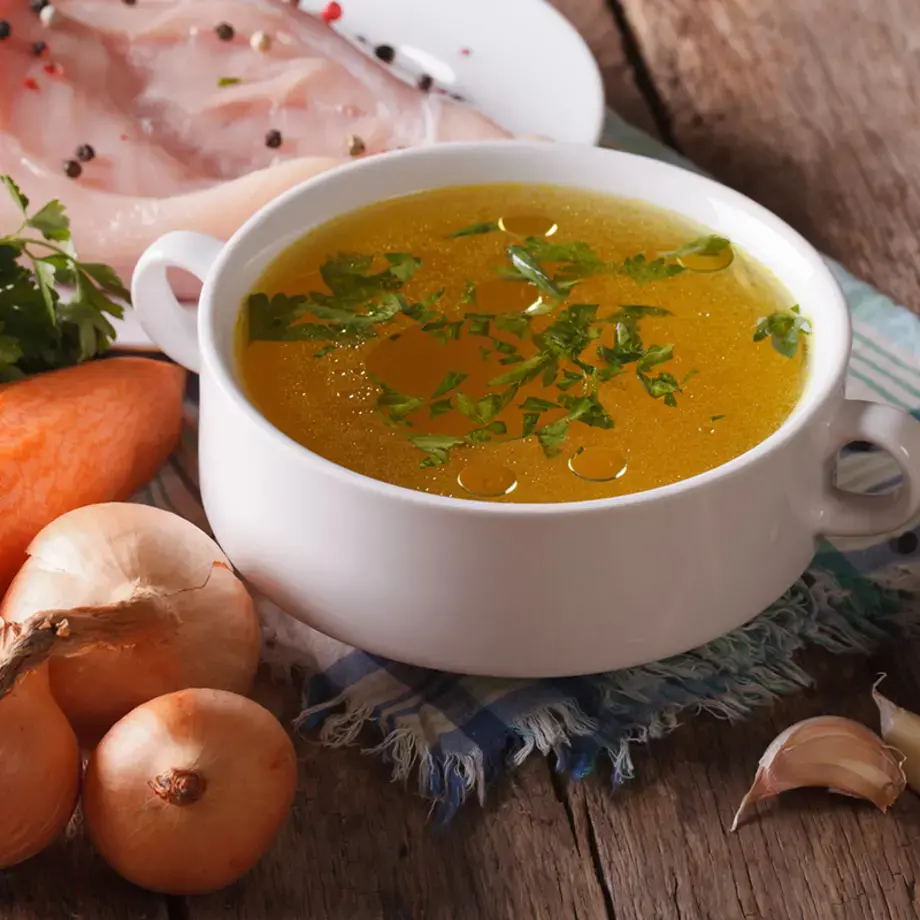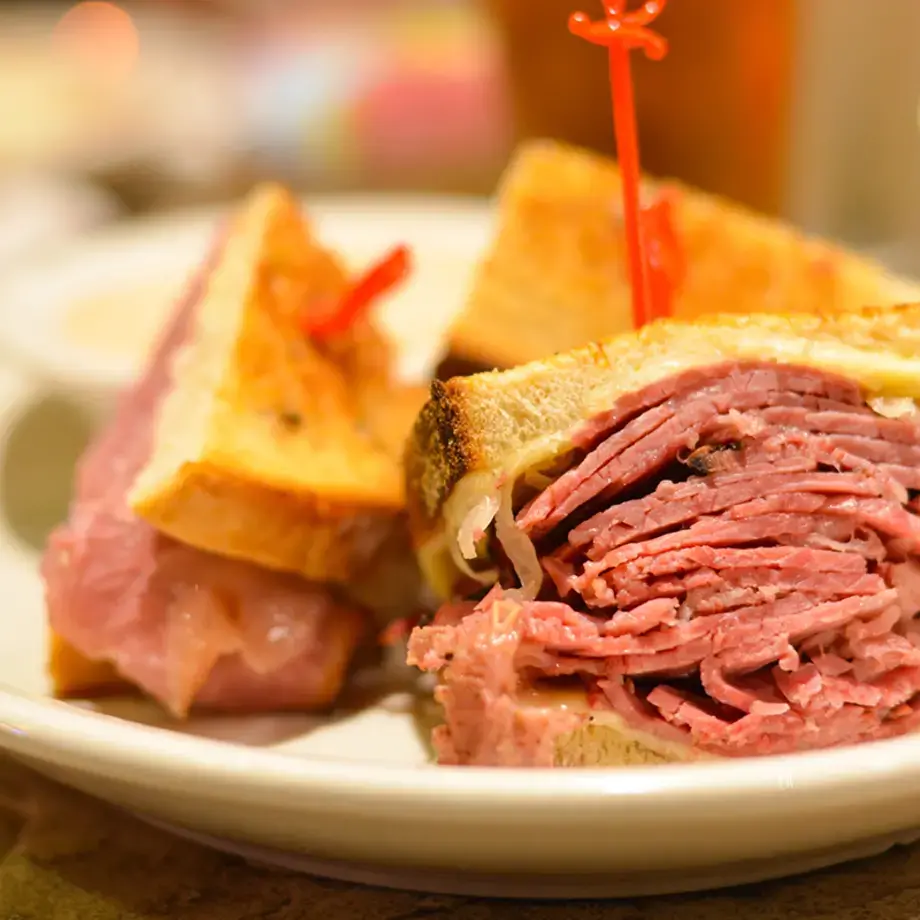Leaves that taste like oysters or hummus, and flowers that taste like mint? These are just a few of the creative ingredients that we’ve discovered recently, and it's all thanks to a Dutch company called Koppert Cress that take cooking with plants to a whole new level.
And if you are a chef or a serious home cook, then you want to write this name down right now.
Koppert Cress is an innovative food company that focuses on young seedlings, that naturally contain fresh, intense flavours that are often entirely different to that of their equivalent fully-grown plants.
Treating these as natural flavour enhancers has its obvious benefits - nutritionally speaking it makes a lot of sense. But it's the creative approach to vegetables, plants and edible flowers, similar to that of a chef, that's got us excited. We're thinking about all the flavour combinations and beautiful garnishes that would be possible with the hard-to-find and unknown greens.
Here are our top ten picks from this Dutch company we think you should check out.
1. Salty Fingers®
The outlandish appearance of this edible leaf is complemented by a salty taste with slight bitter undertones. Originally from the coasts of tropical America and Asia, it’s a great ingredient to add to fish, shellfish or even meat and mushroom dishes. Use it raw, or pickle it for extra flavour.
2. Gangnam Tops
Gangham Tops do share something in common with Gangnam Style - they’re both from South Korea. It’s the name given to a plant used in Korean cuisine for centuries in banchan dishes, prized for its slightly bitter taste similar to purslane. Their mild flavour is also compatible with red fruits in desserts.
3. Floregano®
Another ingredient uniquely cultivated by Koppert Cress, Floregano® is an edible flower that tastes and smells like fresh oregano. Use it just like you would oregano, so add it to Mediterranean dishes like pastas, pizzas, fish poetry and meats.
4. Hummus Leaves
Looks like there is a way to enjoy the flavour of hummus without actually eating hummus. Hummus leaves, are actually the young plant of cicer, the plant the produces chickpeas. Its natural chickpea flavour comes also with a pleasant savoury and sour aftertaste that could work fantastic with ingredients like cumin, eggplant, pumpkin and beetroot.









